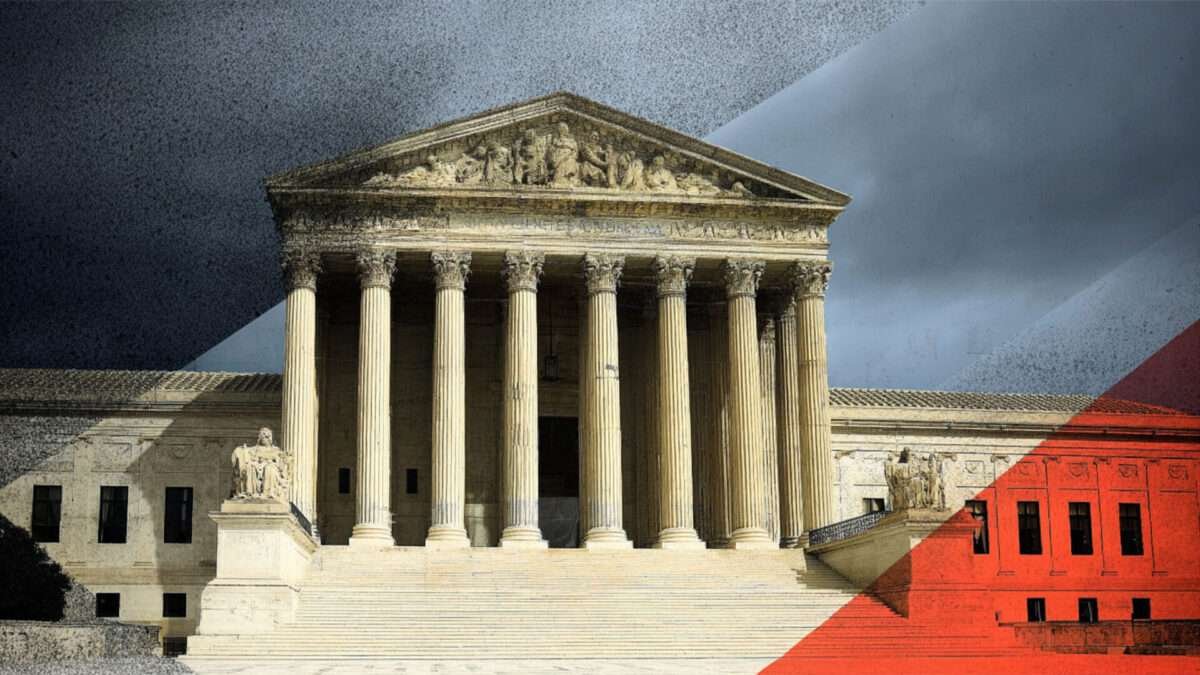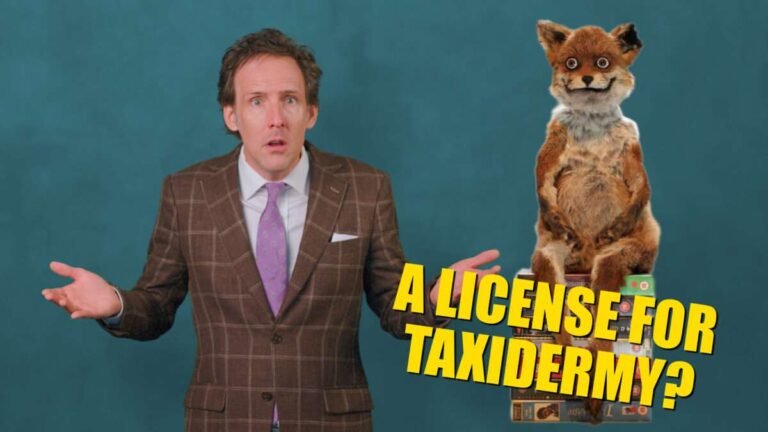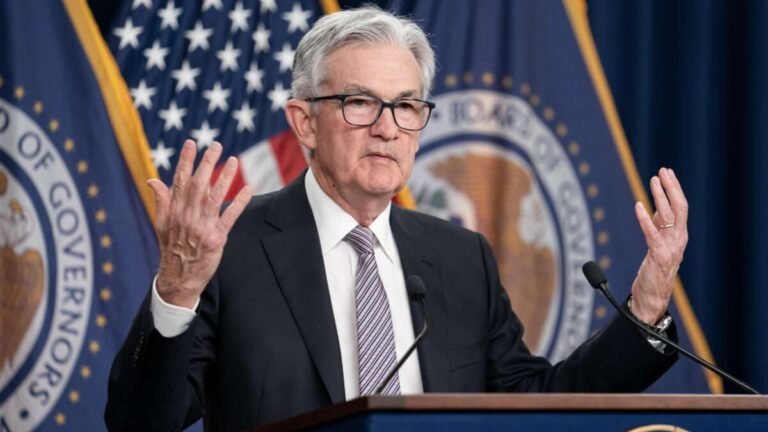
<a href="https://reason.com/2025/07/22/the-problem-with-the-supreme-courts-shadow-docket/" target="_blank">View original image source</a>.
Ever heard of the “shadow docket?” It sounds like something out of a spy thriller, but it’s actually the term critics are using to describe the U.S. Supreme Court’s recent trend of issuing emergency rulings without full explanations. In two high-profile cases involving President Donald Trump and his ability to fire federal officials, the Court justified its decision in one case while leaving the other shrouded in mystery. You’d think clarity is the name of the game in the judiciary, right? Apparently not!
In the first case, Trump’s firing of National Labor Relations Board member Gywnne Wilcox came with a detailed opinion explaining the rationale. But in the second case regarding the dismissal of 1,300 federal Education Department workers, the justices didn’t bother to provide any reasoning at all. This has thrown up red flags for many legal experts who worry about the implications of such swift, unexamined decisions. I mean, it’s as if they decided on a whim to ditch the rulebook!
The lack of transparency in these decisions has folks asking, what’s really going on behind those big mahogany doors? Are we witnessing the normalization of casual authority? Whether you’re a Supreme Court superfan or just someone wondering if we’re veering off a legal cliff, it’s time to pay attention—this isn’t just an isolated incident; it’s a trend! So, what do you think? Is the Court’s shadowy approach a threat to the rule of law, or is it a harmless tool for expediency?
To get daily local headlines delivered to your inbox each morning, sign up for newsletter!

















